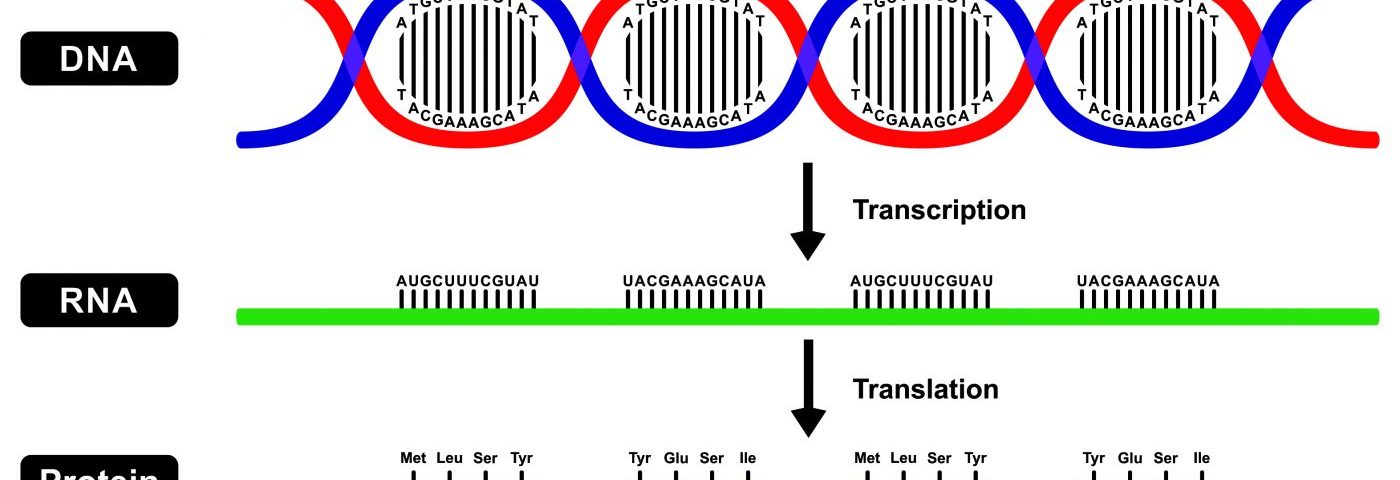Scientists at Florida’s Scripps Research Institute have developed a new drug candidate targeting prostate cancer, highlighting the therapeutic potential of a new class of drugs called small molecule RNA inhibitors.
The study, “Defining RNA–Small Molecule Affinity Landscapes Enables Design of a Small Molecule Inhibitor of an Oncogenic Noncoding RNA,” appeared in the journal ACS Central Science.
“This is like designing a scalpel to precisely seek out and destroy a cancer — but with a pill and without surgery,” Scripps professor Matthew Disney, the study’s lead author, said in a press release.
The message encoded in human DNA must be translated into proteins, the ultimate “workhorses” of cells. This relies on a specific molecule called messenger RNA (mRNA), which carries a portion of the DNA code to be translated into protein. However, producing too many copies of these RNA molecules can have serious effects on cell functioning and lead to several diseases, including cancer.
In an effort to identify drugs that could bind these overproduced RNAs and counteract their effects, Scripps researchers tested thousands of small molecules. They discovered one drug, Targapremir-18a, that targeted the precursor for an RNA molecule called microRNA-18a. Notably, this microRNA-18a had been previously described as inhibiting a key protein for suppressing cancer.
They found that Targapremir-18a inhibited production of miR-18a, which triggered the death of prostate cancer cells.
“Since microRNA-18a is overexpressed in cancer cells and helps to maintain them as cancerous, application of Targapremir-18a to cancer cells causes them to kill themselves,” Disney said.
These results suggest that designing cancer drugs targeting specifically microRNA-18a is a potential therapeutic approach for prostate cancer without inducing major side effects — a serious problem observed with other cancer therapies.
“We could apply the strategy used in this study to quickly identify and design small molecule drugs for other RNA-associated diseases,” said Sai Velagapudi, the study’s first author and a research associate in Disney’s lab.

